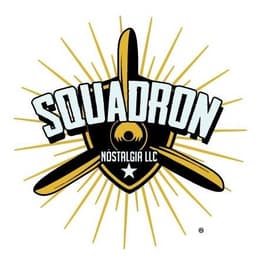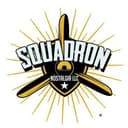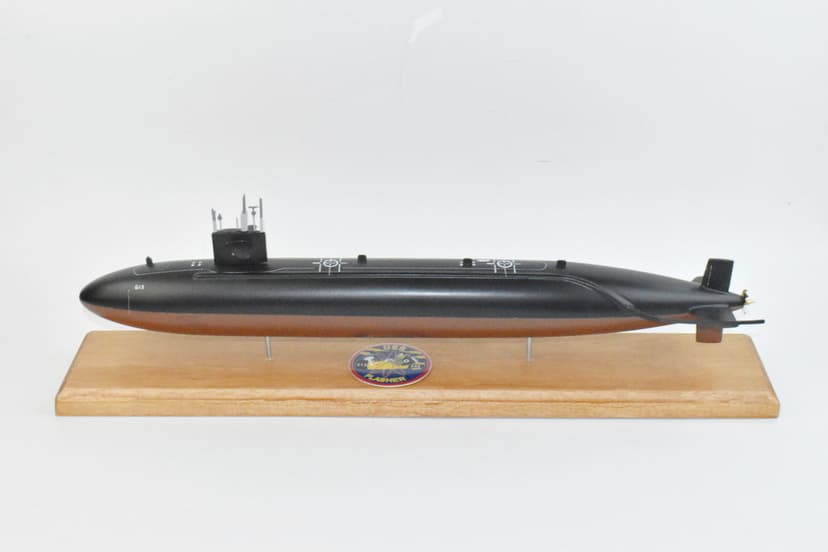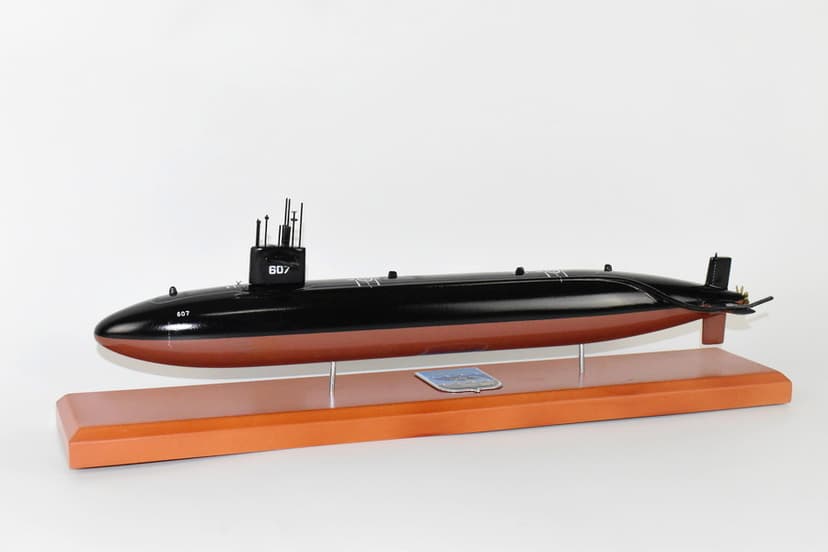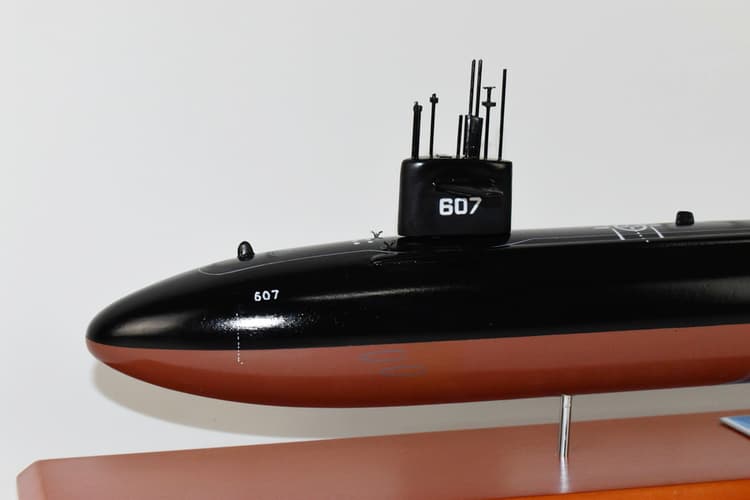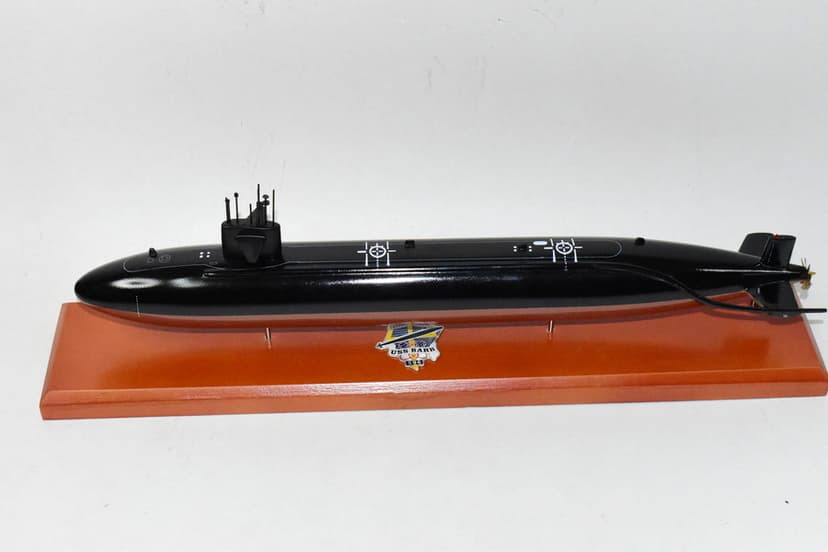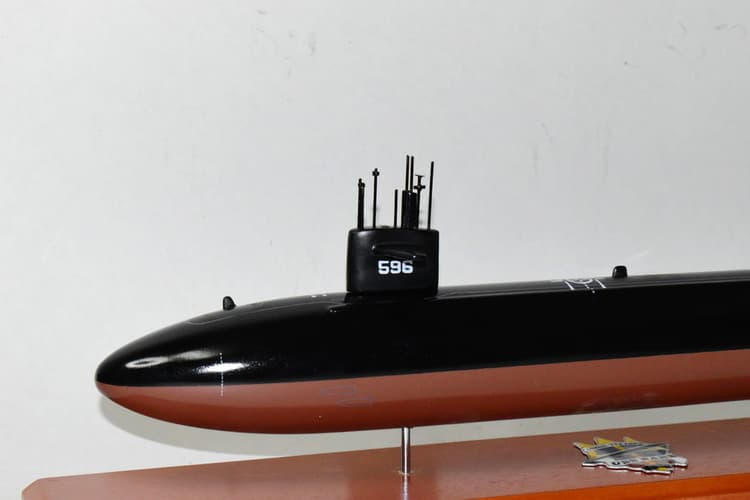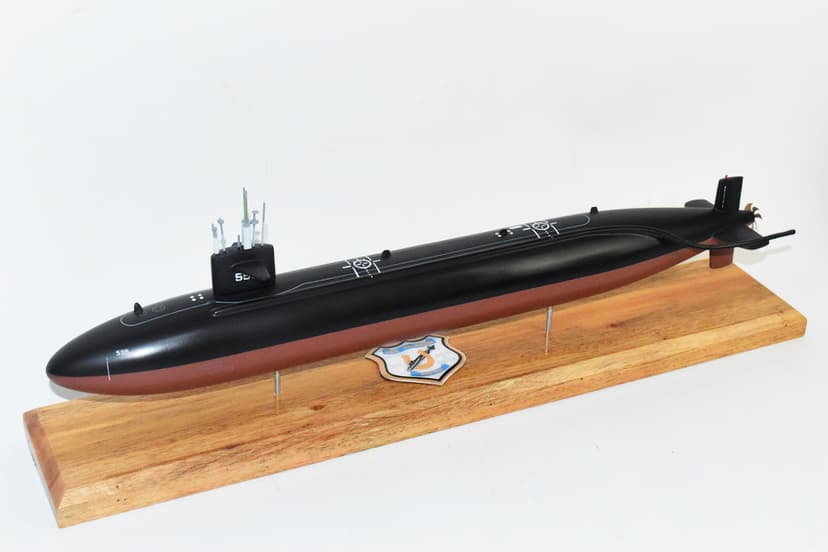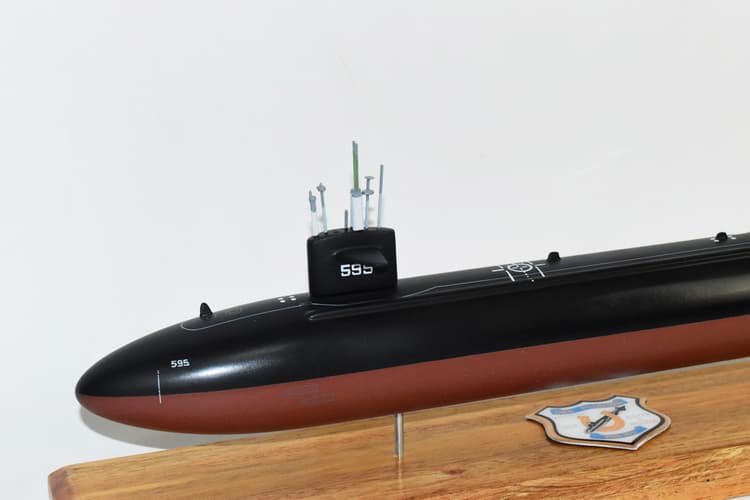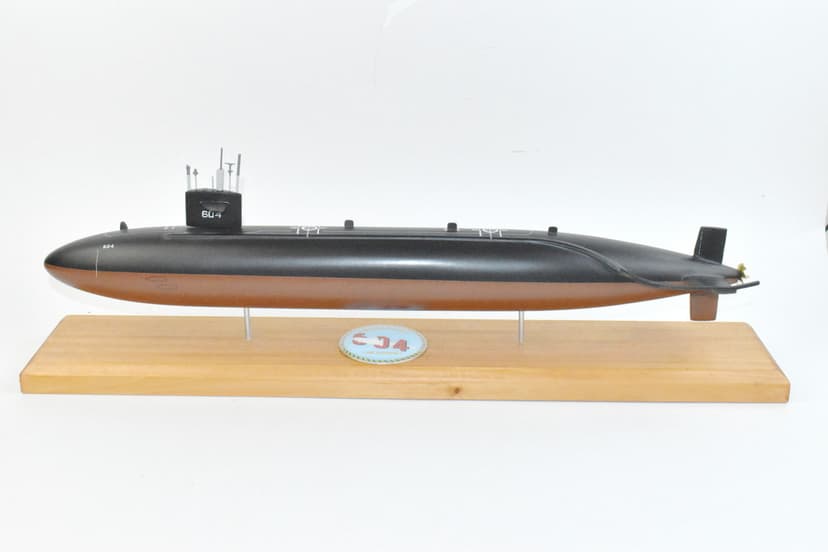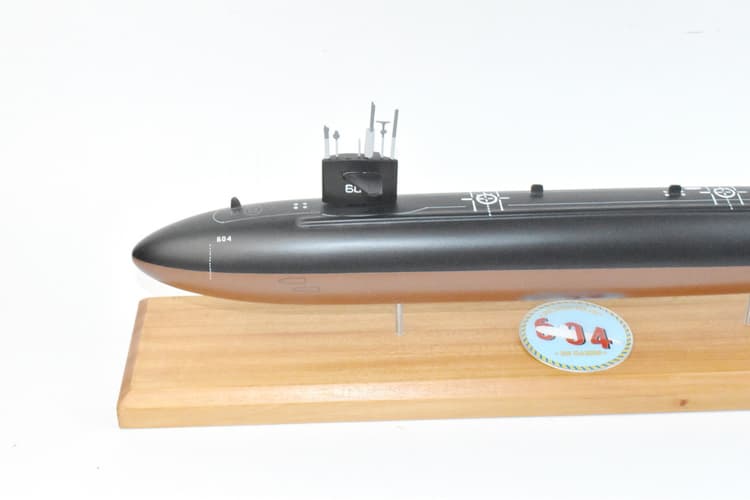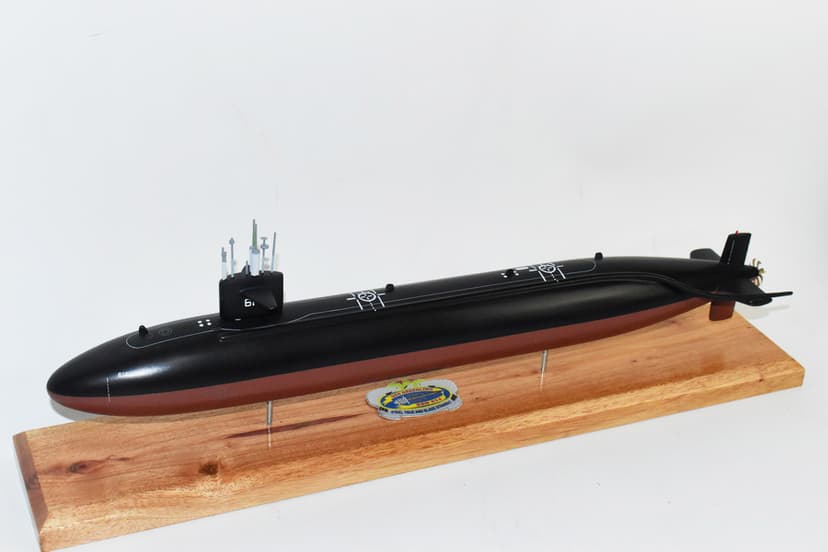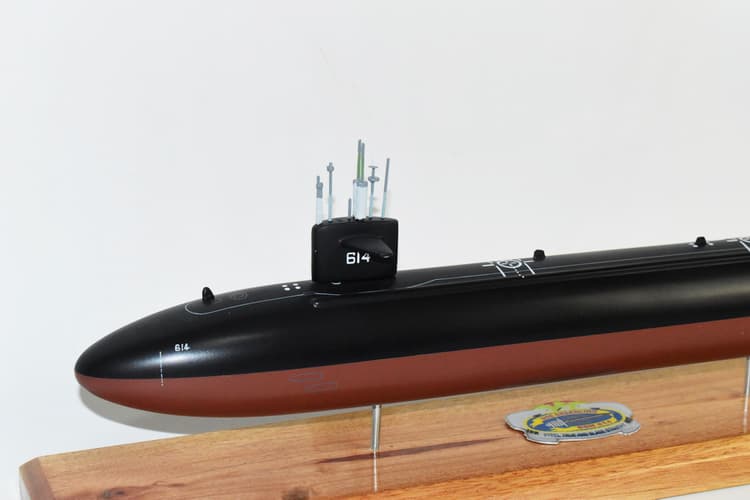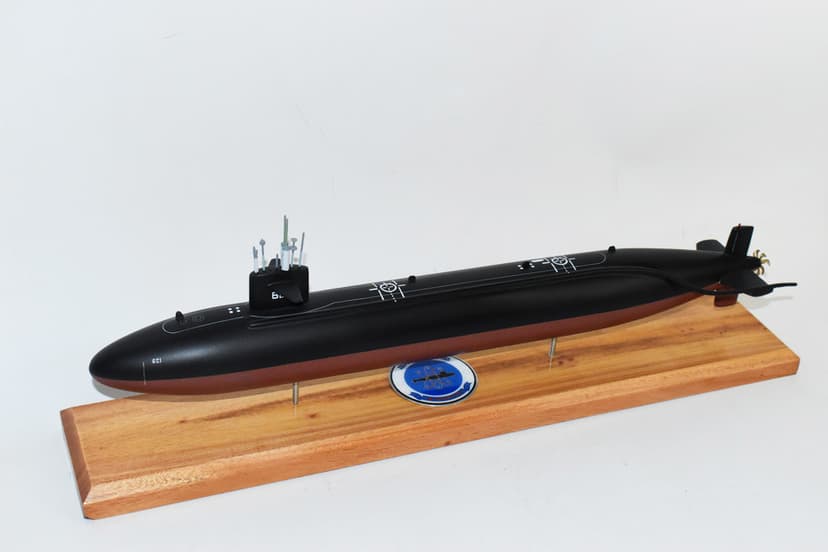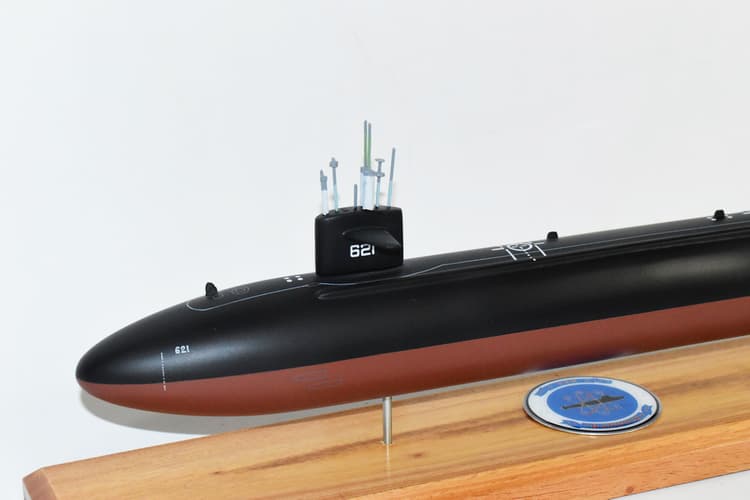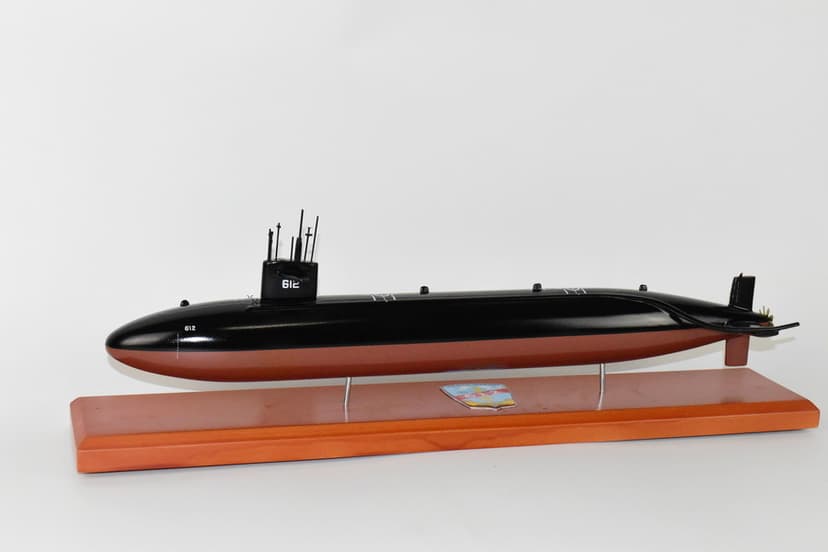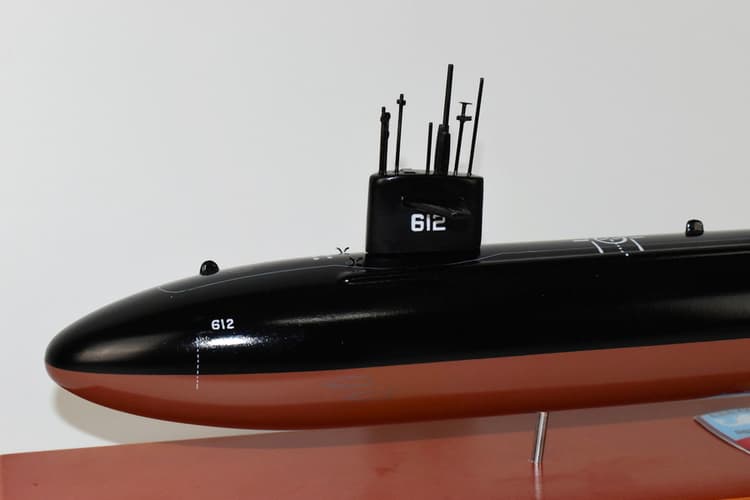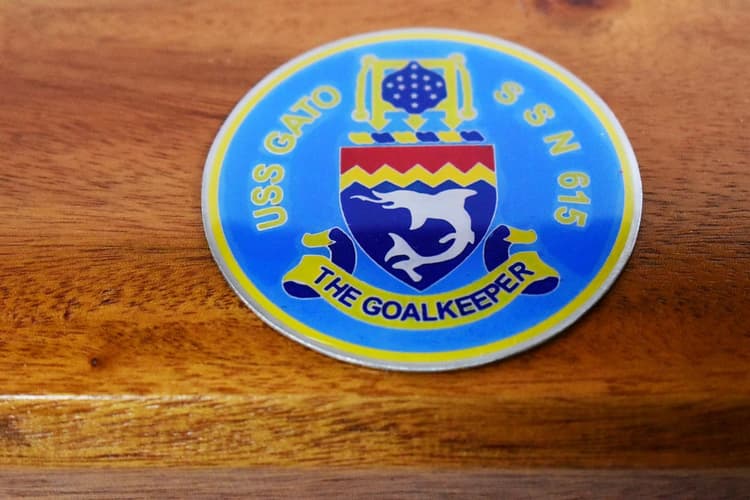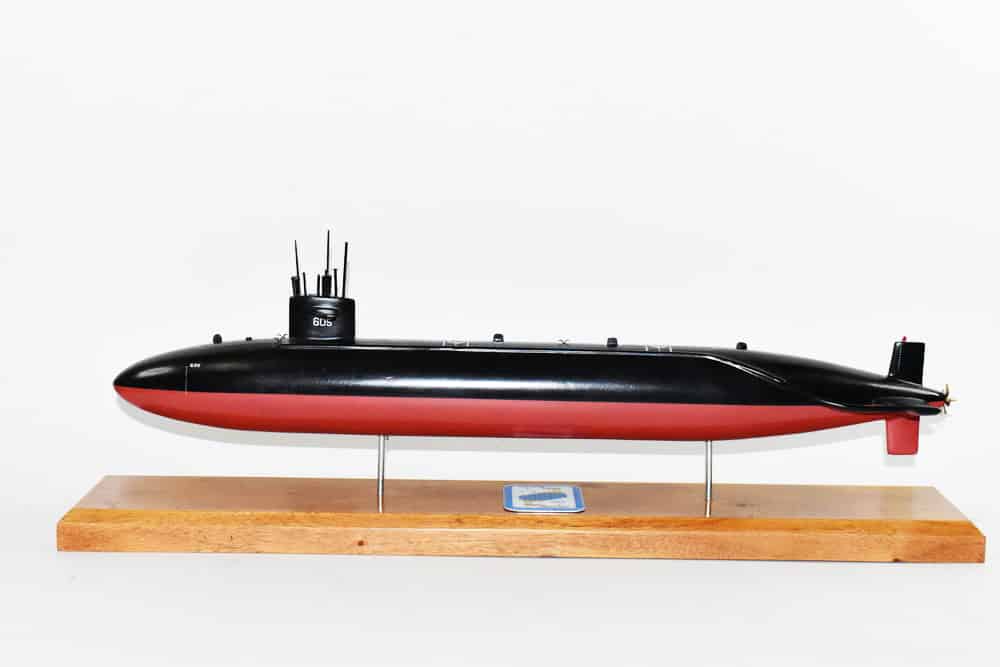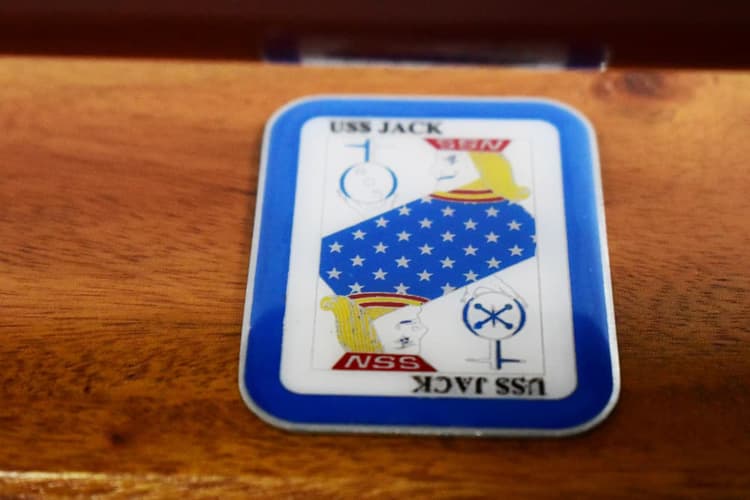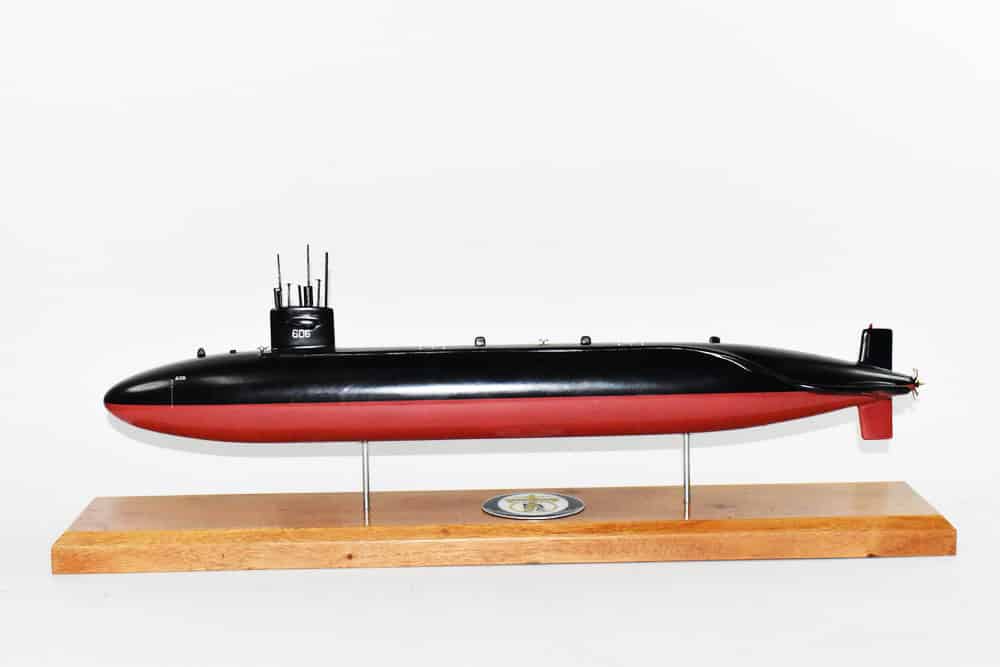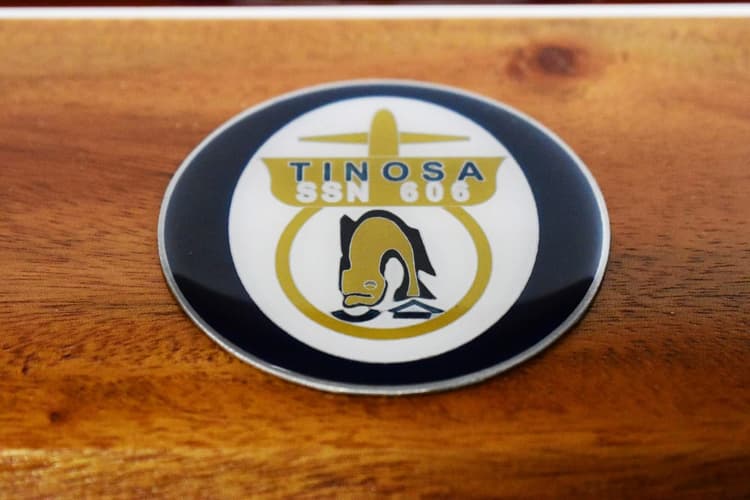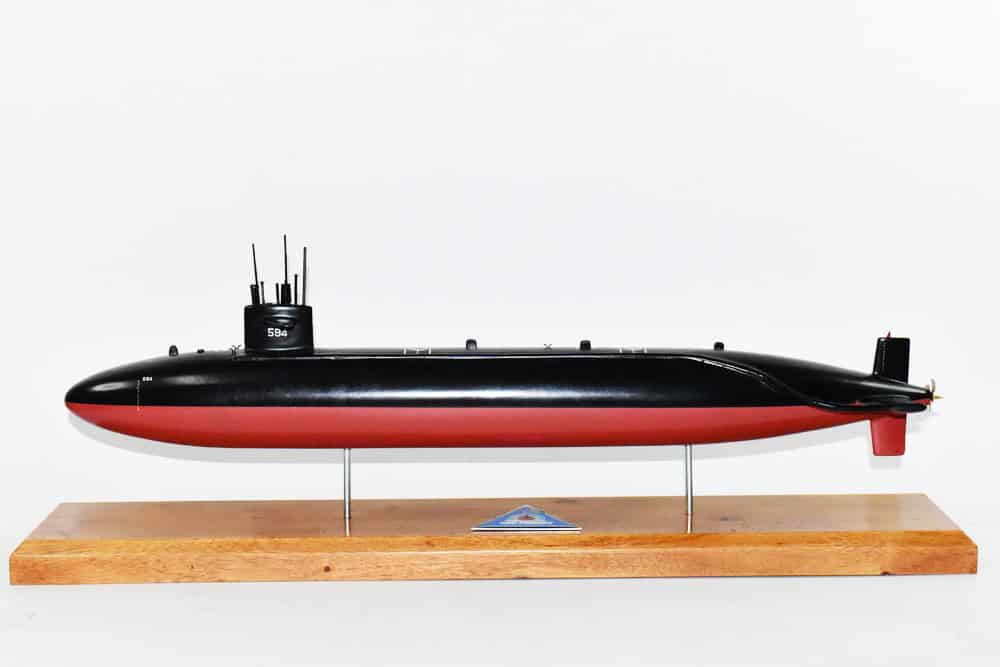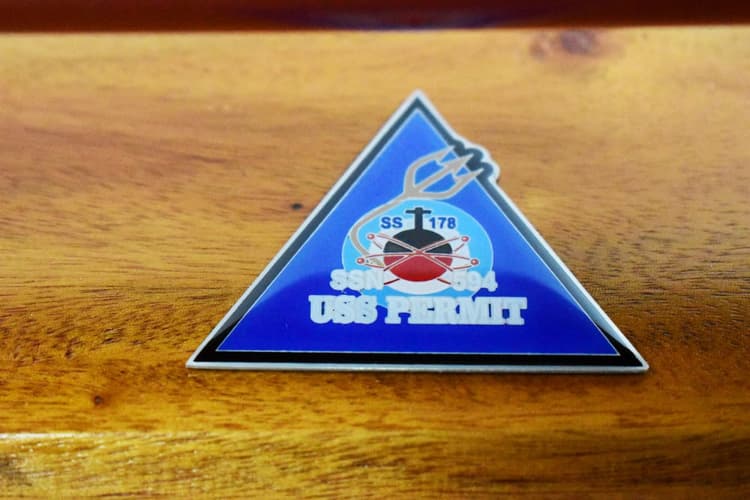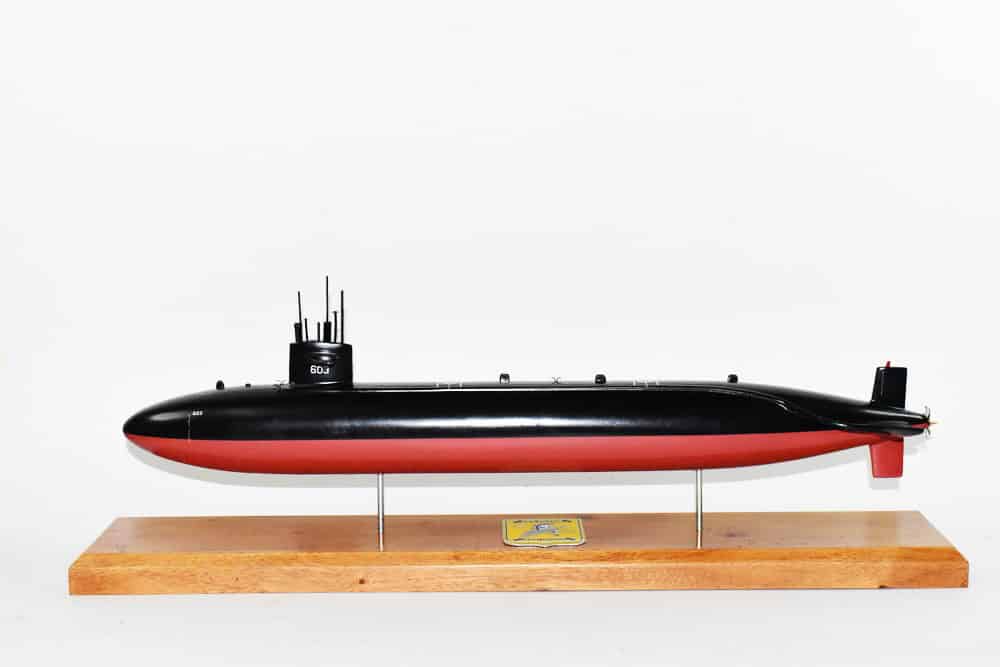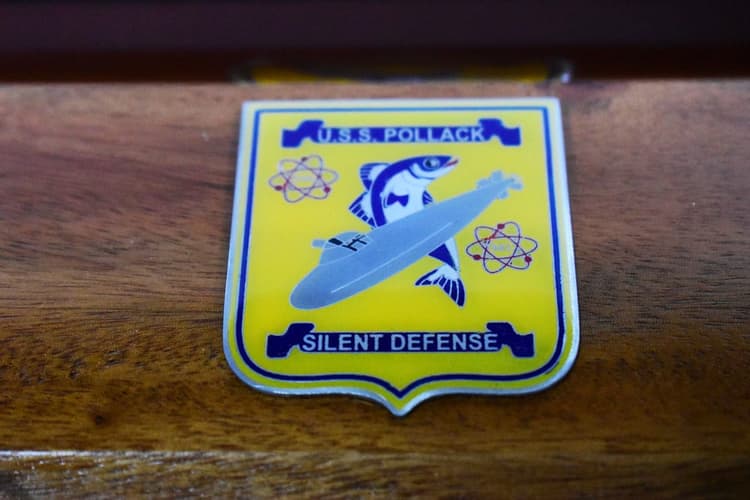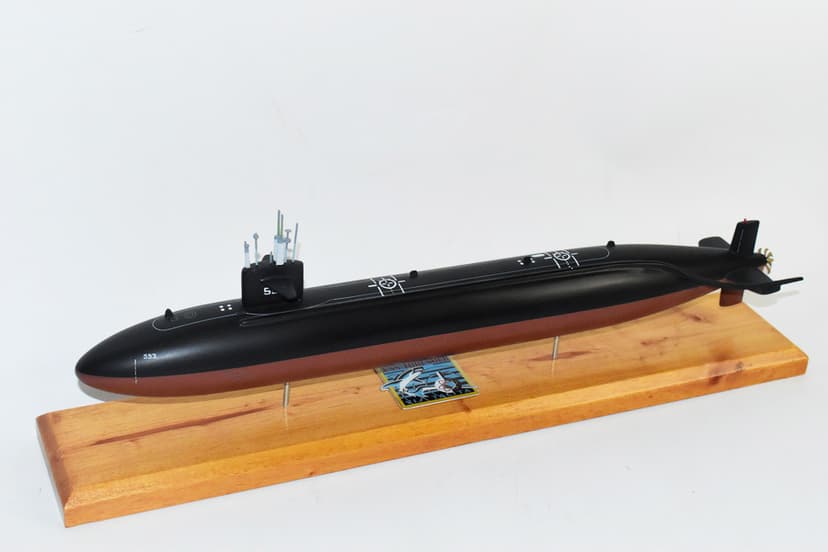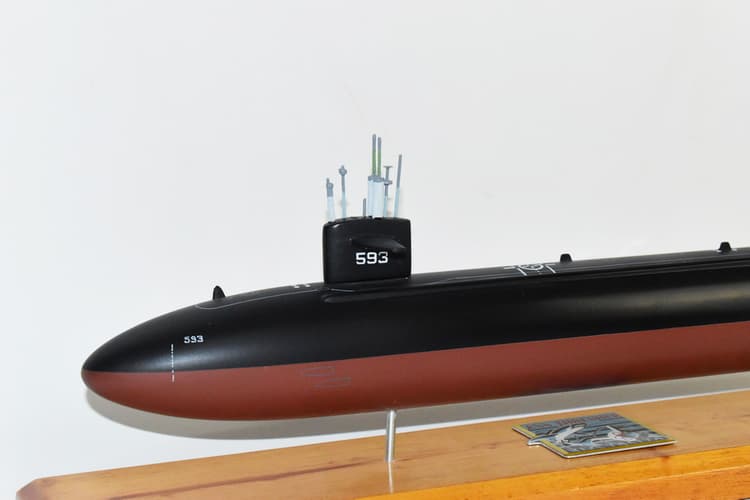Permit-class Submarine Models
Showing 1 - 14 of 14
Showing 1 - 14 of 14
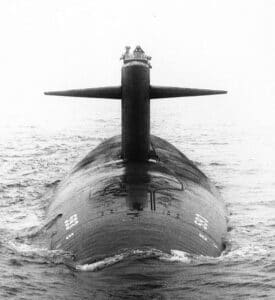 The Permit-class submarine, previously known as the Thresher class, was a type of nuclear-powered fast attack submarine used by the US Navy from the 1960s until 1996. These submarines were a significant improvement on the Skipjack class, featuring advanced sonar capabilities, increased diving depth, and improved noise reduction technology. They served as the prototype for all subsequent US Navy SSN designs and were decommissioned in the early 1990s due to their age. They were succeeded by the Sturgeon and Los Angeles classes. The development of the Thresher class was the result of a 1956 study, called "Project Nobska," commissioned by Admiral Arleigh Burke, the Chief of Naval Operations. The Committee on Undersea Warfare of the United States National Academy of Sciences, in collaboration with other agencies, examined the experiences and lessons learned from various submarine and anti-submarine warfare prototypes and experimental platforms as part of this project. The design of the Thresher class was managed under Project SCB 188.
The first submarine in the Thresher class was the USS Thresher, which was commissioned in 1961. Unfortunately, the Thresher was lost on April 10, 1963 during a deep-diving test, along with all 129 crew members on board. As a result of this tragedy, the class was renamed the Permit class, after the second submarine in the class, the USS Permit.
The Thresher was a state-of-the-art submarine and was considered to be a major advancement in US Navy submarine design. It had many advanced features and was intended to be the prototype for future submarine designs. The loss of the Thresher was a significant blow to the Navy and it led to a thorough review of submarine safety procedures. Despite the tragedy, the Permit class had a successful career, serving as the forerunner for future US Navy SSN designs.
20 inches/ Made from Mahogany
The Permit-class submarine, previously known as the Thresher class, was a type of nuclear-powered fast attack submarine used by the US Navy from the 1960s until 1996. These submarines were a significant improvement on the Skipjack class, featuring advanced sonar capabilities, increased diving depth, and improved noise reduction technology. They served as the prototype for all subsequent US Navy SSN designs and were decommissioned in the early 1990s due to their age. They were succeeded by the Sturgeon and Los Angeles classes. The development of the Thresher class was the result of a 1956 study, called "Project Nobska," commissioned by Admiral Arleigh Burke, the Chief of Naval Operations. The Committee on Undersea Warfare of the United States National Academy of Sciences, in collaboration with other agencies, examined the experiences and lessons learned from various submarine and anti-submarine warfare prototypes and experimental platforms as part of this project. The design of the Thresher class was managed under Project SCB 188.
The first submarine in the Thresher class was the USS Thresher, which was commissioned in 1961. Unfortunately, the Thresher was lost on April 10, 1963 during a deep-diving test, along with all 129 crew members on board. As a result of this tragedy, the class was renamed the Permit class, after the second submarine in the class, the USS Permit.
The Thresher was a state-of-the-art submarine and was considered to be a major advancement in US Navy submarine design. It had many advanced features and was intended to be the prototype for future submarine designs. The loss of the Thresher was a significant blow to the Navy and it led to a thorough review of submarine safety procedures. Despite the tragedy, the Permit class had a successful career, serving as the forerunner for future US Navy SSN designs.
20 inches/ Made from Mahogany